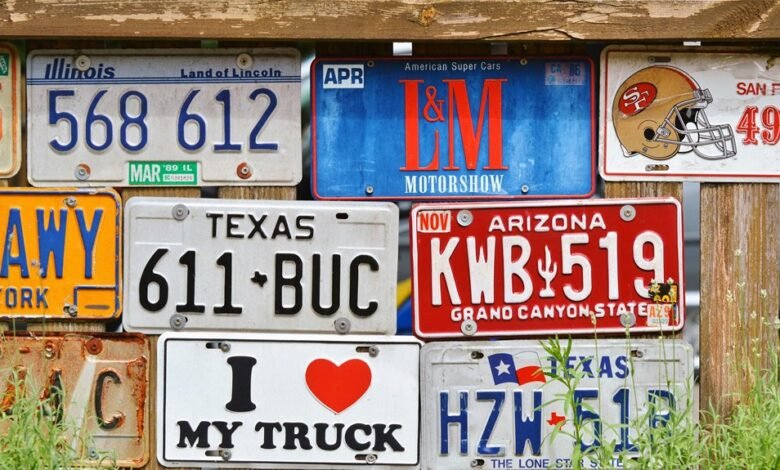Number Plate: Understanding Number Plates on Vehicles

Number plates are more than mere identifiers; they reflect a vehicle's identity and the owner's personality. Originating in the late 19th century, they have transformed significantly over time. Various types and regional variations exist, each with unique characteristics and significance. Understanding these aspects reveals insights into cultural expressions and societal norms tied to these seemingly simple tags. What deeper meanings and functions do these plates hold in our daily lives?
The History of Number Plates
The evolution of number plates on vehicles is a fascinating journey that reflects broader societal changes and advancements in transportation.
Initially, number plate origins can be traced back to the late 19th century, serving as identification for horse-drawn carriages.
Their historical significance lies in establishing order on roads, facilitating law enforcement, and ultimately symbolizing personal freedom and responsibility in an increasingly mobile society.
Types of Number Plates
Number plates serve as essential identifiers for vehicles, varying significantly across regions and purposes.
Among the types are customized plates, which allow owners to express their individuality, and vintage designs that evoke nostalgia.
These variations not only enhance personal identity but also reflect cultural trends, making number plates an intriguing aspect of vehicle ownership and a canvas for creativity in today's automotive landscape.
Regional Variations in Number Plates
Variations in number plates are not only a matter of personal preference but also reflect the unique regulations and cultural influences of different regions.
Regional designs often incorporate symbols and colors that hold cultural significance, serving as identifiers of local heritage. Such distinctions can enhance a sense of community, while also allowing for individual expression within the frameworks of regional automotive regulations.
Conclusion
In conclusion, number plates serve as vital symbols of identity, bridging personal expression and societal regulation. They reflect the history of vehicle ownership, showcase the diversity of regional designs, and adapt to evolving cultural norms. As vehicles continue to traverse our roads, number plates will remain a canvas for individuality and a tool for community connection, embodying the balance between personal pride and public order. In this way, they unite us through shared identifiers while celebrating our uniqueness.







